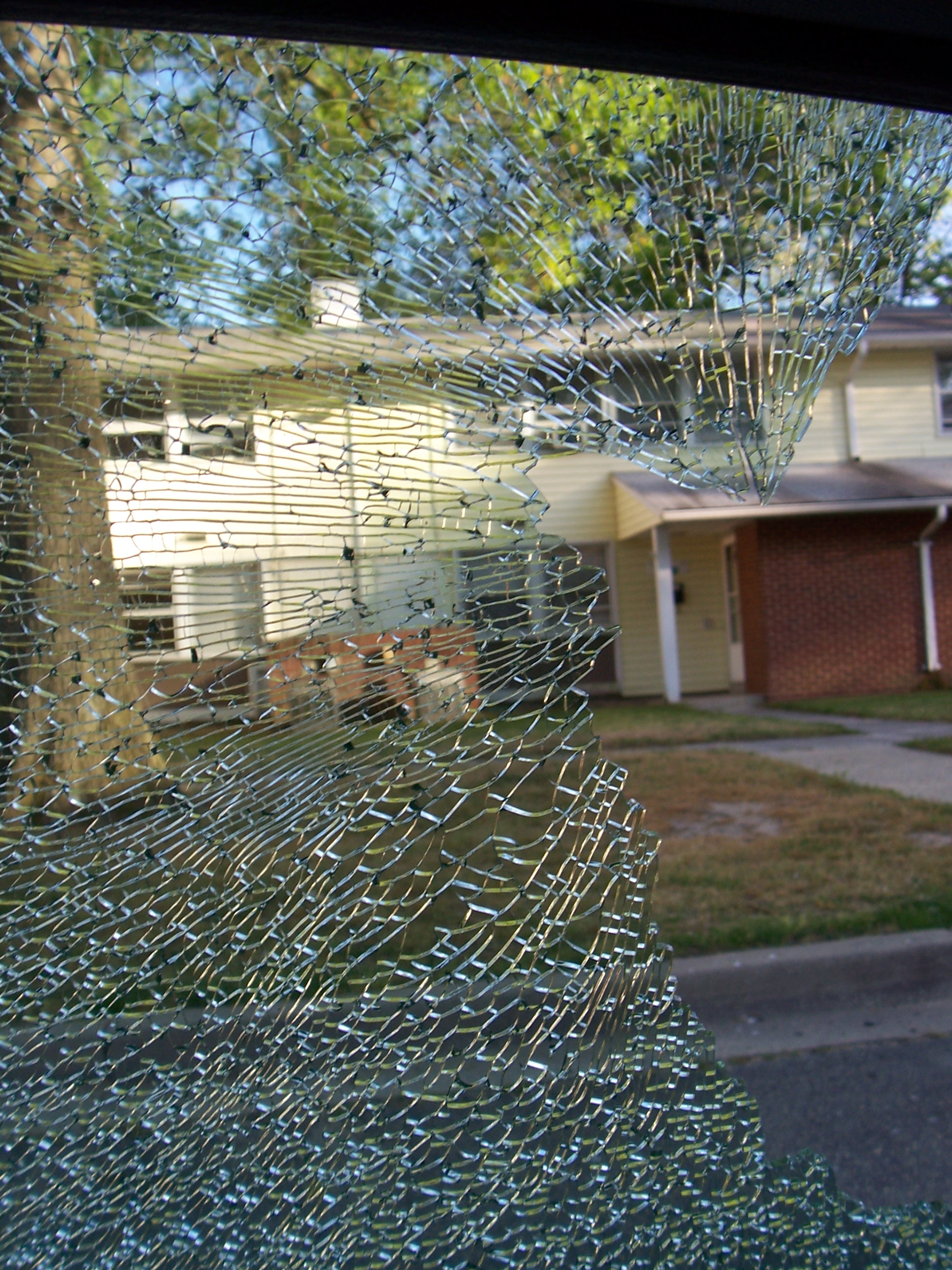What do you see when you: a) step into a glass stall shower in the morning; b) stare out a car windshield on the drive to work; or c) hold onto a glass railing while climbing the office stairs? Most people don’t give the glass in front of them a second thought. However, when shattered, standard glass will break into large, jagged shards that can be deadly. A safer alternative is tempered glass.
Tempered glass is created through a careful heating and cooling process. The end result is a strong transparent glass that breaks into small, relatively harmless pieces when broken. It is for this reason that tempered glass has become so popular in both residential and commercial construction – often dictated by building codes.
What Happens When Tempered Glass Shatters?
We all know that glass, standard or tempered, can break. Things happen – like a car accident occurs, an extreme change in temperature is experienced or even just the presence of a minor flaw in manufacturing can shatter the structural integrity of tempered glass.
While it’s very rare, there has been a recent increase in reports of tempered glass spontaneously shattering. These situations include anything from the glass of an oven door, a glass table top or a glass shower door. Situations like this are scary no matter the type of glass installed. However, it’s a much less dangerous situation when tempered glass is used because the glass will break into small, dull pebble-like pieces. If this were an overhead application, where the glass was falling down on you, tempered glass may very well make the difference between a trip to the emergency room or simply calling a repair guy.
The Strength (and Weakness) of Tempered Glass
Today’s tempered glass is the descendant of a practical joke popular with 17th century European aristocrats: Prince Rupert’s Drops.
These innocuous glass tadpoles are tricky: Drop one on its head–or even pound it with a hammer–and it’ll never break. But snap the thin tail, and the drop explodes in a flurry of glass confetti.
The drops are made by dribbling a dollop of molten glass into cold water, where the blob naturally wants to form a teardrop. The large surface area of the spherical head cools quickly, squeezing in on the still-molten interior. This initial squeeze creates an envelope of compressive stress on the outside of the teardrop, which is balanced by a tensile stress as the interior slowly cools and contracts, pulling against itself. The result is the “bullet proof” head of the tempered glass tadpole. But the long, thin tail doesn’t benefit from this balanced stress. When it snaps, these stresses are knocked out of balance, and the glass’s crystalline structure collapses.
This same balance of compression and tension gives tempered glass its strength, and is why a windshield crumbles into thousands of tiny cubes, rather than breaking into a few large, jagged shards.
Exploding Glass Drops!
Watch a quick demonstration of a Prince Rupert’s Drop, produced by the Corning Museum of Glass:
And a much better slow-motion capture of what happens when the tail is snapped (the explosions start at around 30 seconds):
NEXT STEPS:
- Questions on bulletproof glass? Download our Ultimate Guide to Bulletproof Glass and Bullet Resistant Barriers infographic.
- Download 5 Things That Will Delay Your Bulletproof Glass Project tip sheet
- Sign up for our newsletter to stay up-to-date with the latest industry news
Image courtesy of https://en.wikipedia.org/wiki/Toughened_glass


